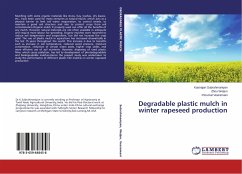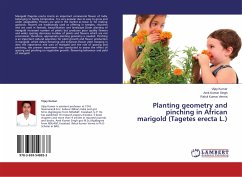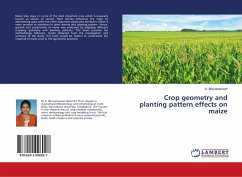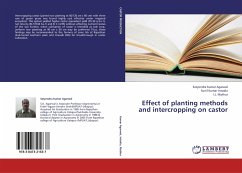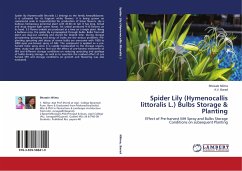Nowadays, industry is searching for alternative to reduce usage of petroleum-based non-degradable conventional seedlings plant pots. In this study, three different types of bioplastic pots incorporated with newspaper pulp fibres (the ratio of B75%:N25%, B50%:N50% and B25%:N75% denotes percentage of bioplastic to percentage of newspaper pulp fibres) were produced while B0%:N100% acted as Control. All cylinder square shape moulded bioplastic pots with 100 mm height and 2 mm thickness were planted with Leucaena leucocephala seedlings for 60 days in two ground levels (below ground and above ground). Weight loss for bioplastic pots, relative growth rate of Leucaena leucocephala seedlings and frequencies of seedlings root penetration through bioplastic pots were tested. Overall, results for these three tests showed that bioplastic pots tested below ground had higher percentage of weight loss, relative growth rate and frequencies of root penetration than those planted above ground.
Bitte wählen Sie Ihr Anliegen aus.
Rechnungen
Retourenschein anfordern
Bestellstatus
Storno


